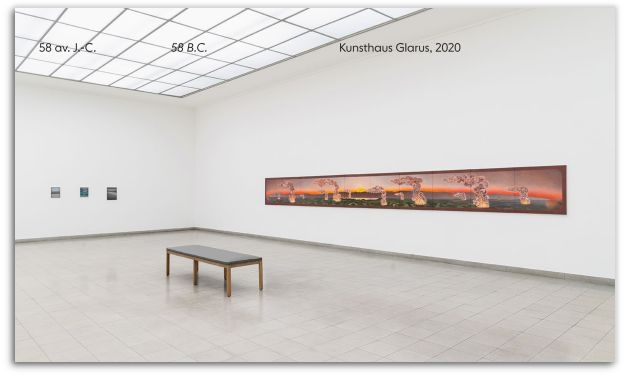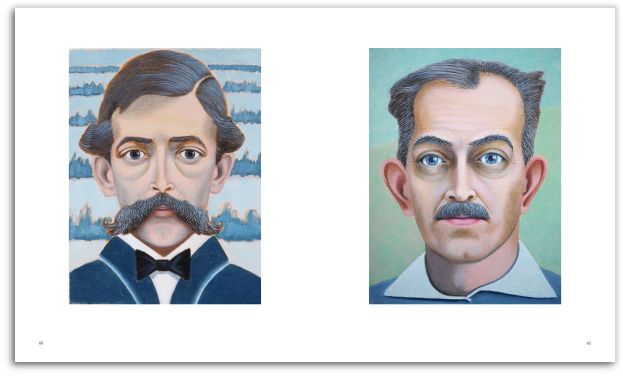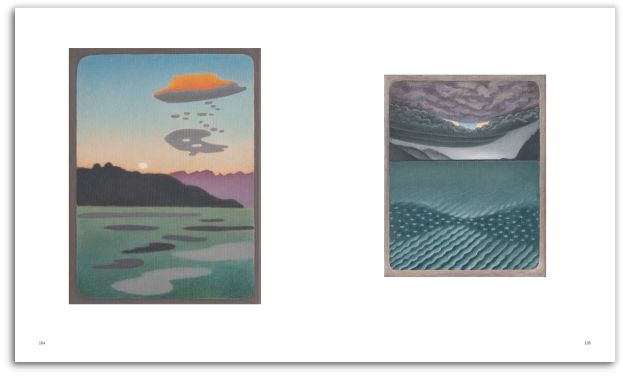Caroline Bachmann
Caroline Bachmann zählt zu den herausragenden Protagonistinnen der Schweizer Gegenwartskunst. Neben ihrem eigenständigen Schaffen als Malerin und Zeichnerin bildet sie seit 2004 auch zusammen mit Stefan Banz das Künstlerduo Bachmann Banz. Gemeinsam gründeten die beiden 2009 die Kunsthalle Marcel Duchamp – The Forestay Museum of Art in Cully. 2013 entschloss sich Bachmann zu einem künstlerischen Neuanfang und einer Reaktivierung der klassischen Themen der Malerei. Sie beschäftigt sich seither intensiv mit den Genres Porträt, Stillleben und Historienmalerei. In ihren Werken greift sie die existenziellen Fragen des Metaphysischen und des Sakralen auf und entwirft Kompositionen, die nicht nach einer materialistischen Erfassung der Wirklichkeit streben, sondern nach einer Darstellung der spirituellen Beziehung zum Dasein.
Diese erste umfassende und reich illustrierte Monografie über Caroline Bachmann, verfasst in englischer und französischer Sprache, zeichnet ihren intensiven Parcours durch das Medium der Malerei nach. Essays ausgewiesener Kennerinnen und Kenner von Bachmanns Arbeiten und der Schweizer Gegenwartskunst sowie ein Gespräch mit der Künstlerin offenbaren eine kreative Selbstfindung, die geprägt ist von den Idealen künstlerischer Vorbilder wie Marcel Duchamp, Louis Michel Eilshemius oder Arthur Dove und in Gang gesetzt wird vom Mut zur Neuerfindung in Sujet, Technik und Material. Mit Beiträgen von Paul Bernard und Marta Dziewańska sowie einem Gespräch mit Caroline Bachmann von Julie Enckell Julliard.
«A point nommé, le livre paraît donc, comme pour entériner l'importance de cette artiste-peintre romande. Pour mettre en lumière le système extrêmement charpenté auquel elle adosse son travail, et qu'elle a commencé à élaborer en 2013. // Das Buch erscheint zum richtigen Zeitpunkt, als wolle es die Bedeutung dieser französischsprachigen Schweizer Künstlerin und Malerin bestätigen. Es unterstreicht das extrem strukturierte System, auf das sie ihre Arbeit stützt und das sie 2013 zu entwickeln begann.» Rinny Gremaud, Le Temps
«Caroline Bachmanns Bilder sind wie Behälter voller eingefrorener Zeit. Festgehaltene Konstellationen von Natureindrücken, Dialoge mit der Kunstgeschichte.» Ingrid Isermann, literaturundkunst.net







